The automation and intelligent upgrading of film slitting machine is an important way to improve production efficiency, reduce labor costs and improve product quality. The following are the main directions and technical means of upgrading:
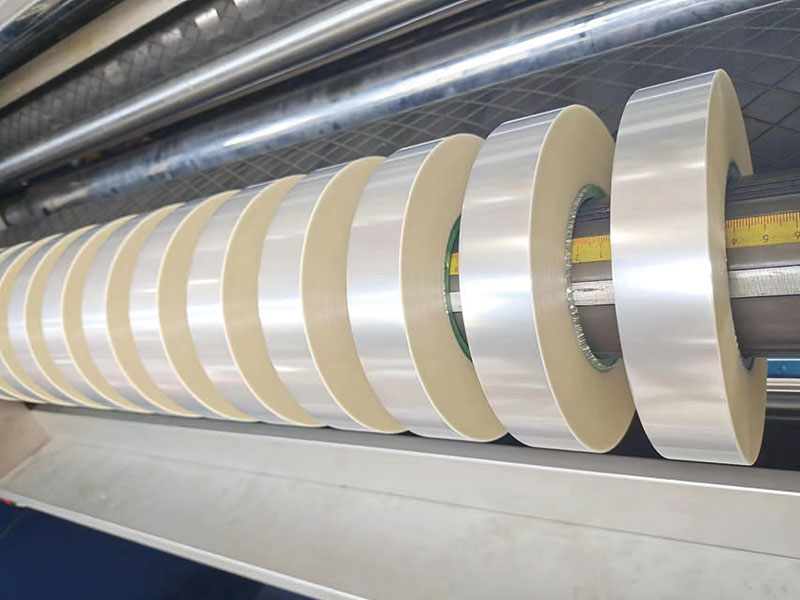
1. Automated upgrades
• Automatic roll changing system: Through the automatic roll changing device, manual intervention is reduced, continuous production is realized, and efficiency is improved.
• Automatic tension control: Closed-loop tension control system is adopted to ensure stable tension during the slitting process and reduce film deformation or breakage.
• Automatic deviation correction system: use photoelectric sensor to monitor the position of the film in real time, and automatically adjust it to ensure the slitting accuracy.
• Automatic slitting width adjustment: Through servo motor and PLC control, the slitting width can be automatically adjusted to meet the needs of different specifications.
• Automatic waste recycling: Equipped with automatic waste recycling device to reduce manual cleaning and keep the production environment clean and tidy.
2. Intelligent upgrade
• Intelligent monitoring and diagnosis: Real-time monitoring of equipment status through sensors and IoT technology, predicting failures and maintaining in advance, reducing downtime.
• Intelligent slitting algorithm: Optimize slitting path and parameters based on AI algorithm to improve material utilization rate and slitting accuracy.
• Intelligent quality inspection: machine vision technology is used to detect film surface defects in real time and automatically reject unqualified products.
• Data collection and analysis: Through big data analysis, production data is analyzed, process parameters are optimized, and production efficiency and product quality are improved.
• Remote control and maintenance: With the help of cloud platform and 5G technology, remote monitoring and fault diagnosis can be realized to improve maintenance efficiency.
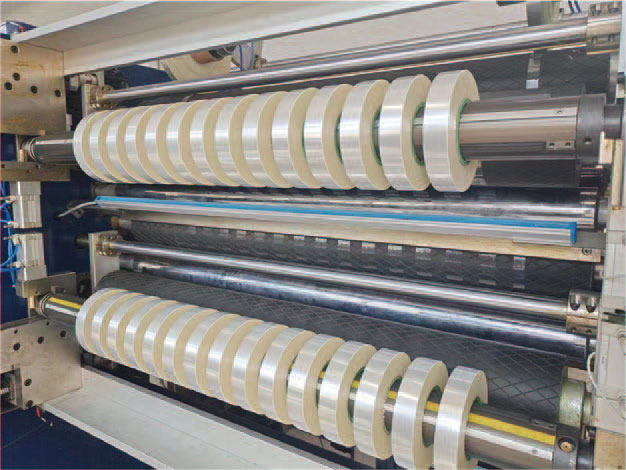
3. Key technologies
• PLC & Servo Control: Achieve high-precision motion control to ensure slitting accuracy and stability.
• Machine vision: for quality inspection and web correction to improve the level of automation.
• Internet of Things (IoT): Enables device interconnection and data transmission, and supports remote monitoring and maintenance.
• Artificial Intelligence (AI): Used to optimize slitting parameters and predictive maintenance to improve intelligence.
4. Upgrade benefits
• Increased productivity: Reduce manual intervention and achieve continuous production.
• Reduced production costs: Reduced scrap and labor costs.
• Improve product quality: Ensure product consistency through intelligent monitoring and quality inspection.
• Enhance equipment reliability: Reduce downtime with predictive maintenance.
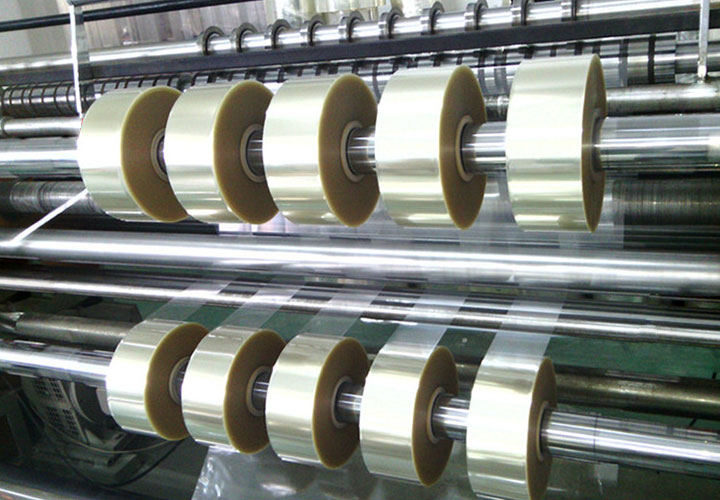
5. Implementation steps
• Needs analysis: Clarify upgrade goals and requirements.
• Scheme design: develop automation and intelligent upgrade schemes.
• Equipment selection: select the appropriate sensor, control system and other hardware.
• System Integration: Integrate systems into existing equipment.
• Commissioning & Optimization: Perform commissioning and optimize parameters based on actual production.
• Training and maintenance: train operators and establish a maintenance system.
summary
The automation and intelligent upgrade of the film slitting machine can significantly improve production efficiency, reduce costs and improve product quality. By introducing advanced technologies and system integration, businesses can gain an edge over the competition.
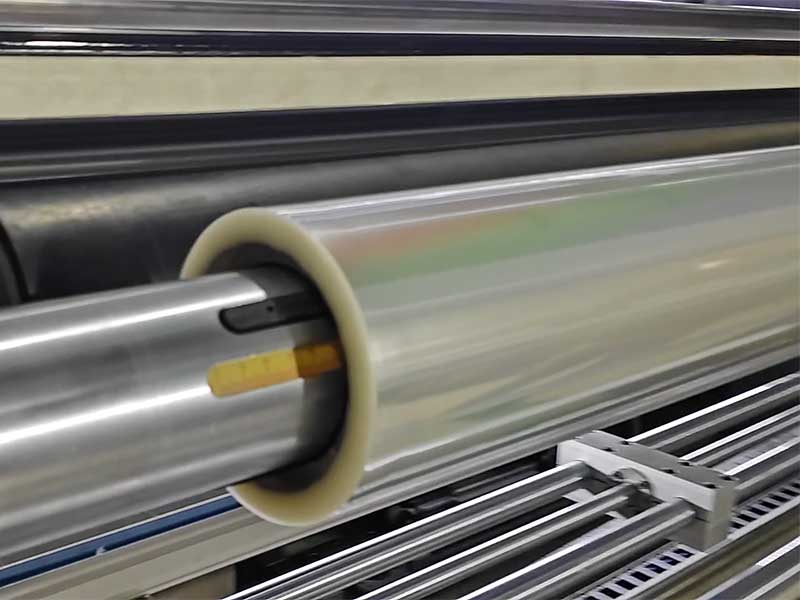
The intelligent control design of the new generation of film slitting machine represents the transformation of industrial equipment from "tool" to "partner".
20. December, 2025
Achieving continuous 1,000 hours of trouble-free operation requires not only systematic technical upgrades, but also all-round innovation from design concept to maintenance strategy.
20. December, 2025
In the face of a dazzling array of models on the market, how to make informed decisions when purchasing?
20. December, 2025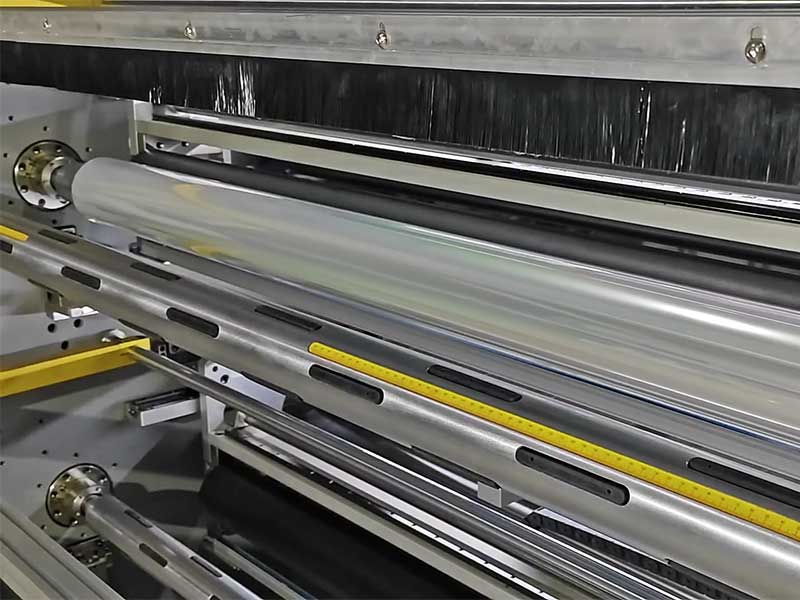
These film materials need to be precisely cut into different widths during the production process to meet the needs of various models and components.
10. December, 2025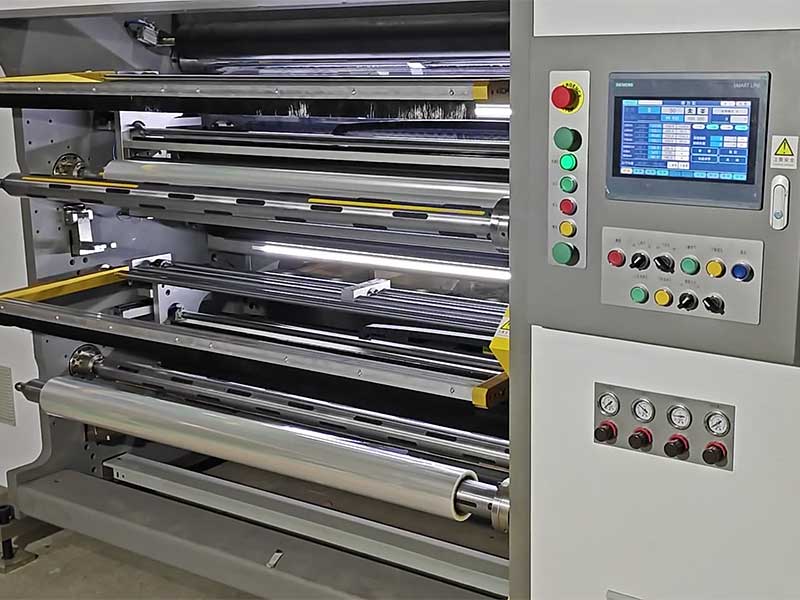
The automotive film slitting machine, an increasingly intelligent "cutting knife", is accurately cutting out redundant costs, inefficient processes and backward production methods.
10. December, 2025